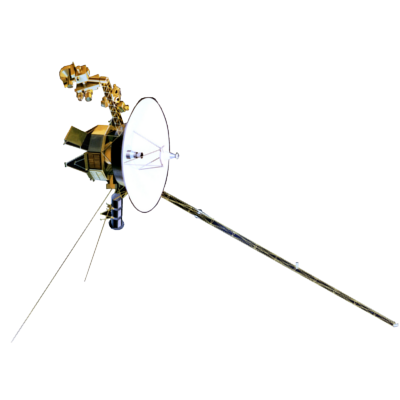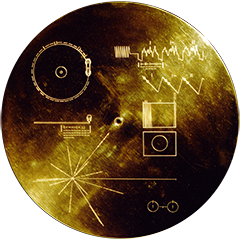Voyager LECP Data Analysis Handbook
Calibrations and Channel Definitions
April 9, 1980
To: Distribution
From: S. M. Krimigis
Subject: VOYAGER Ion Passbands in LEMPA Detector
Attached please find a list of passbands and efficiencies for Detector a ion response. These were arrived at by a combination of preflight calibrations, inflight performance, additional calibrations at the GSFC accelerator, and some theoretical computations. Please note that differential intensities for protons contained in FAT tapes have been computed with slightly different passbands and need to be adjusted as appropriate.
The efficiencies for heavy ions are estimated at the 75% level of maximum efficiencies, because the efficiency curves are not flat. In addition, the efficiencies for S were estimated from those measured for O and Ar, and are not as reliable. I would estimate the overall efficiencies for O and S at the three lowest PLO channels as no better than 10% and possibly as much as 20%. However, they are a lot better than what we have assumed in the past (1.0). We owe these estimates to the hard work of John Kohl and Don Mitchell who spent countless hours at the GSFC accelerator during the past week making these runs.
Let us make sure that in all our papers from now on, these numbers are quoted consistently. I'm looking forward to your first drafts before May 1.
Attachments
SMK:ban
Distributions:
Science Paper Co-Authors
R. B. Decker
J. W. Kohl
R. W. McEntire
E. C. Roelof
C. G. Maclennan
E. Kirsch
D. G. Mitchell
Return to Calibrations main page.
Return to Voyager
LECP Data Analysis Handbook Table of Contents.
Return to Fundamental
Technologies Home Page.
Updated 8/9/19, Cameron Crane
VOYAGER 1 ELAPSED TIME
*Since official launch
September 5, 1977, 12:56:00:00 UTC
VOYAGER 2 ELAPSED TIME
*Since official launch
August 20, 1977, 14:29:00:00 UTC
QUICK FACTS
Mission Duration: 40+ years have elapsed for both Voyager 1 and Voyager 2 (both are ongoing).
Destination: Their original destinations were Saturn and Jupiter. Their current destination is interstellar space.



